
-
Find the right food for your petTake this quiz to see which food may be the best for your furry friend.Find the right food for your petTake this quiz to see which food may be the best for your furry friend.Featured products
 Adult Small & Mini Lamb Meal & Brown Rice Recipe Dog Food
Adult Small & Mini Lamb Meal & Brown Rice Recipe Dog FoodFor the faster metabolism of Small & Mini dogs
Shop Now Adult 7+ Small & Mini Chicken & Brown Rice Recipe Dog Food
Adult 7+ Small & Mini Chicken & Brown Rice Recipe Dog FoodFor the unique nutritional needs of mature Small & Mini dogs
Shop Now Hill's Science Diet Adult Oral Care Chicken, Brown Rice & Barley Recipe Dog Food
Hill's Science Diet Adult Oral Care Chicken, Brown Rice & Barley Recipe Dog FoodClinically proven kibble technology to reduce plaque & tartar build-up
Shop NowFeatured products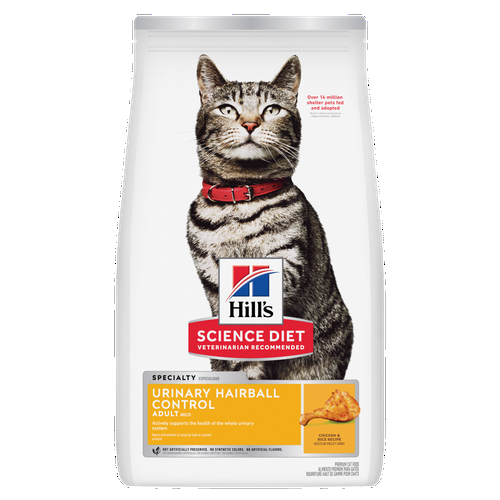 Adult Urinary Hairball Control Chicken & Rice Recipe Cat Food
Adult Urinary Hairball Control Chicken & Rice Recipe Cat FoodActively supports the health of the whole urinary system
Shop Now Hill's Science Diet Adult Sensitive Stomach & Skin Dog Food
Hill's Science Diet Adult Sensitive Stomach & Skin Dog FoodHighly digestible recipe, gentle on stomachs. Nourishes skin & promotes a lustrous coat
Shop Now Adult Indoor Chicken Recipe Cat Food
Adult Indoor Chicken Recipe Cat FoodSupports energy level and beautiful fur in indoor cats
Shop Now -
Featured articles
 Easy DIY Dog & Cat Toys: Nine of Our Favorites
Easy DIY Dog & Cat Toys: Nine of Our FavoritesBrowse this comprehensive guide for several of our favorite DIY dog and cat toys that are sure to put a little pep in your pet's step.
Read More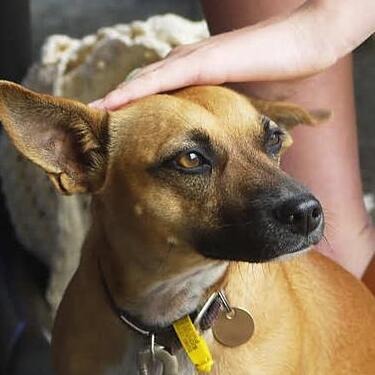 15 Pet-Friendly Cities Ideal for a US Road Trip
15 Pet-Friendly Cities Ideal for a US Road TripCheck out our list of pet-friendly U.S. cities that are excellent travel options, offering off-leash dog parks and pet-friendly restaurants & hotels.
Read More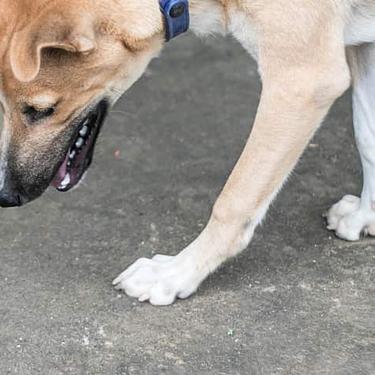 My Pet Ate a Lizard — What Should I Do?
My Pet Ate a Lizard — What Should I Do?Learn what to do if your pet eats a lizard, including whether they can be toxic and symptoms to keep an eye on when they've swallowed one.
Read More -


Feline diabetes is remarkably similar to diabetes in people: it comes in two types, it can be recognized by a characteristic set of signs and it often requires careful management. While some cases of diabetes are hard to prevent, you can lower your cat's risk and keep her healthy through exercise and good nutrition.
What Causes Diabetes in Cats?
Feline diabetes occurs when a cat develops high blood sugar due to a deficiency in insulin, a hormone secreted by the pancreas (an organ located in the middle of your cat's abdomen below her stomach). Insulin lowers blood sugar levels by moving sugar from the bloodstream into cells where it is needed. Proper blood sugar levels are important because it determines the amount of glucose (a major source of energy for the body) your cat's cells receive.
Conditions, such as pancreatitis or genetic factors can negatively impact the pancreas and lead to low insulin levels, causing Type 1 diabetes. Type 2 feline diabetes is more common. In those cases, even though a cat is making enough insulin, her body does not respond to the hormone. As a result, she develops high blood sugar.
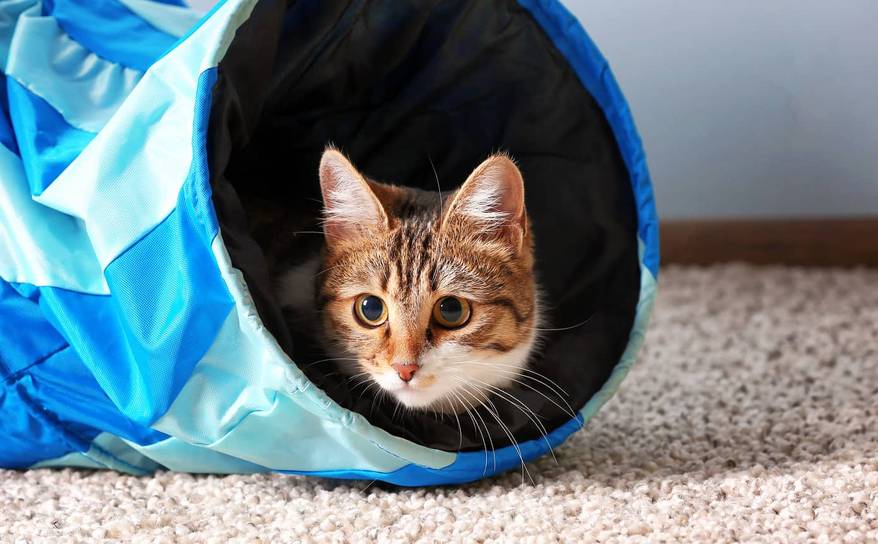
Just like in humans, obese cats are at increased risk for insulin resistance and diabetes. Cats who are on long-term steroids, either via injection or orally, are also at an increased risk for developing Type 2 diabetes because steroids interfere with insulin's function.
Type 1 diabetes is classified as a chronic disease without a cure, meaning that the cat will require treatment for life. Type 2 diabetes, on the other hand, is known to be reversible in many cases by losing weight. When the unhealthy weight is lost, many cats go into remission, which means they start responding to insulin again and can stop receiving treatment.
Symptoms of Feline Diabetes
The classic signs associated with feline diabetes include:
- Excessive thirst and drinking more
- Urinating a lot
- Eating more than usual
- Weight loss
- Obesity
Unlike dogs, cats do not tend to get diabetic cataracts or eye problems. Pet parents may not notice weight loss if their cat is overweight or obese, but they will notice the excessive drinking and urinating. Diabetes can also make a cat feel nauseous or lethargic, and some pet parents notice that their cat is lying around a lot and not eating.
Another sign you may notice is that your cat is walking oddly or holding her back legs in a strange position. High blood sugar's effect on the nerves of her back legs can sometimes weaken her hind legs. If you see any of these signs or behaviors, take your cat to the veterinarian to get tested.


Tasty Tips
Treatment
The good news is that diabetes is treatable once it has been diagnosed. Treatment usually involves switching your cat to a food tied to your cat's specific needs and helping her lose weight if she needs to. If your cat is on the hefty side, your vet may prescribe a therapeutic weight loss food to help your cat shed unhealthy pounds.
Whether they have Type 1 or Type 2 diabetes, most cats will also require daily or twice daily injections of insulin to lower their blood sugar. Don't panic! Giving insulin injections to cats is usually very easy. The needle is generally small, and they hardly notice it. In fact, the needle is so tiny that it can be hard to know whether you got the insulin in the cat or not. Sometimes it helps to shave a small patch of fur in between the shoulder blades so you can see the skin before injecting the insulin. Since most kitties like routine, you can try combining her shots with a regularly scheduled playtime or cuddle session to reward her.
When a cat is diagnosed with diabetes, most veterinary hospitals will set up a special appointment to teach you everything you need to know about giving insulin to your cat. Your vet team can support you to help you successfully treat your feline friend.
Nutrition and Prevention
Nutrition plays a critical role in preventing feline diabetes. To put it bluntly, most cats develop Type 2 diabetes because they are overweight. Overweight and obese cats are at much higher risk of developing Type 2 diabetes. This is definitely a case where you can have too much of a good thing.
You can protect your cat from developing Type 2 diabetes by making sure to feed her an appropriate amount of daily calories from a balanced food. Most indoor cats overeat because they are bored. If you are feeding your cat more than 250 calories per day, then you are likely feeding her too much and putting her at risk for chronic disease. Ask your vet about your cat's weight and how much you should be feeding her daily.
Don't forget that muscles drive your cat's metabolism, so it is also important to tone your cat's muscles through exercise and play. The more running, jumping and pouncing she gets, the better chance she has for a long, healthy and happy life with you!


Dr. Sarah Wooten graduated from UC Davis School of Veterinary Medicine in 2002. A member of the American Society of Veterinary Journalists, Dr. Wooten divides her professional time between small animal practice in Greeley, Colorado, public speaking on associate issues, leadership, and client communication, and writing. She enjoys camping with her family, skiing, SCUBA, and participating in triathlons.
Related products
Related articles
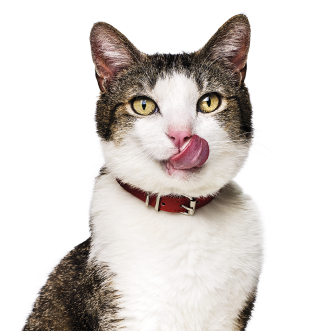
Put your cat on a diet without them knowing
Our low calorie formula helps you control your cat's weight. It's packed with high-quality protein for building lean muscles, and made with purposeful ingredients for a flavorful, nutritious meal. Clinically proven antioxidants, Vitamin C+E, help promote a healthy immune system.
Put your cat on a diet without them knowing
Our low calorie formula helps you control your cat's weight. It's packed with high-quality protein for building lean muscles, and made with purposeful ingredients for a flavorful, nutritious meal. Clinically proven antioxidants, Vitamin C+E, help promote a healthy immune system.

